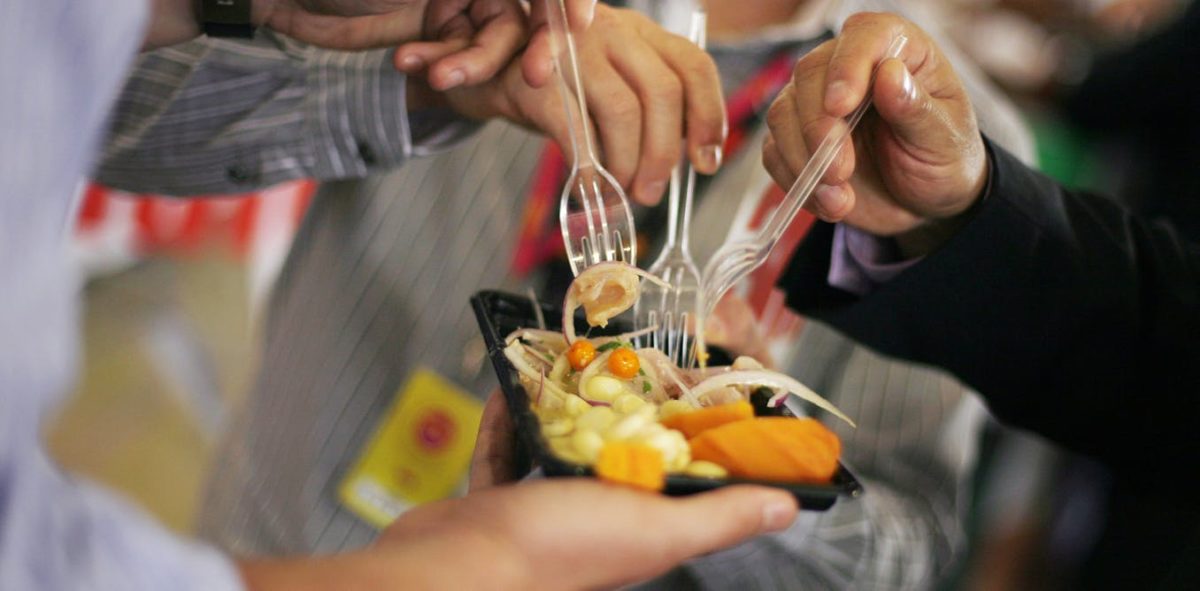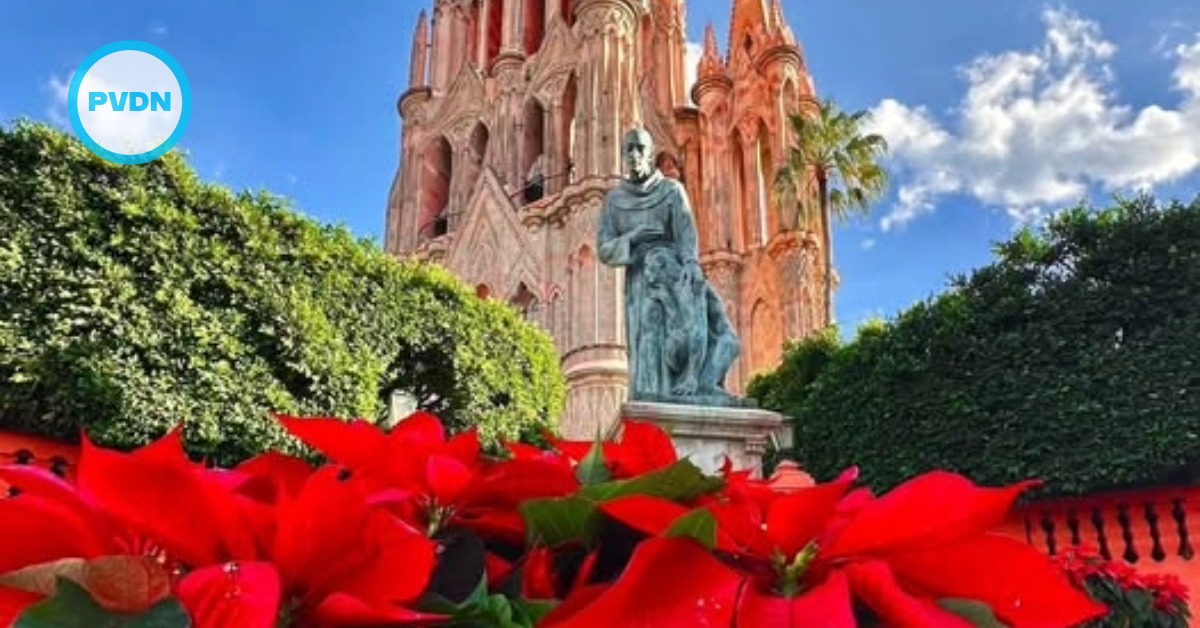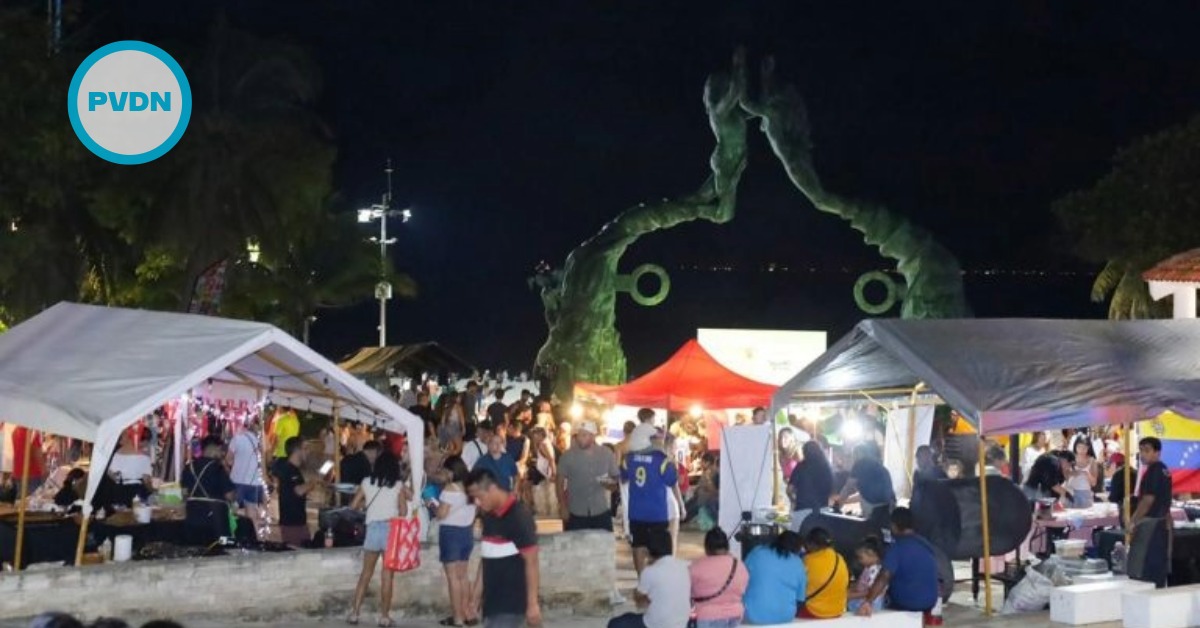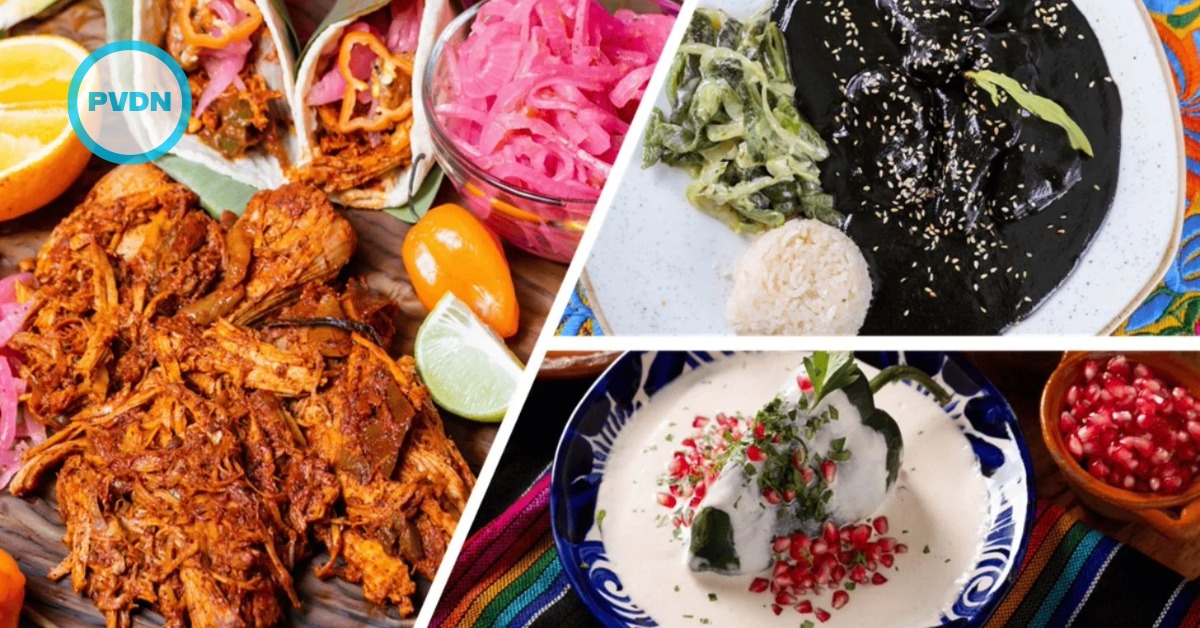Social Gastronomy is a human centered solution to generate opportunity, dignity and inclusion through vocational training and education that is growing in Latin America.
Latin America’s economy has grown enormously over the past two decades. However, unemployment in the region still hovers at 8 percent, double that of the United States.
Youth joblessness is even higher – almost 15 percent among Latin Americans under the age . . .






